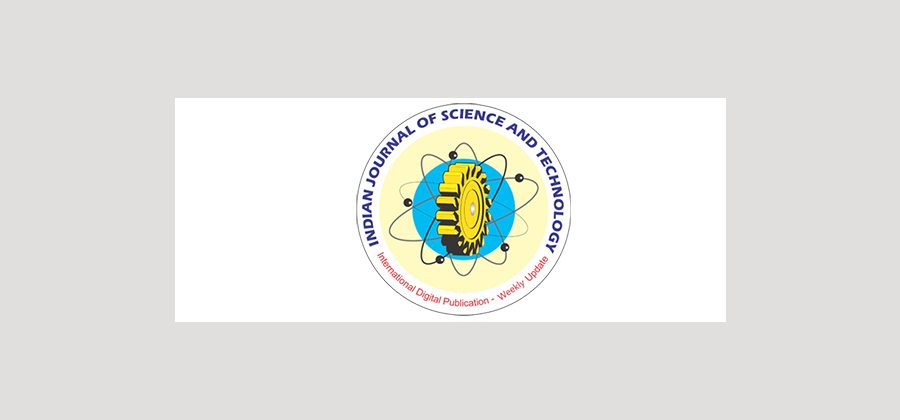


Indian Journal of Science and Technology
DOI: 10.17485/ijst/2016/v9i47/107930
Year: 2016, Volume: 9, Issue: 47, Pages: 1-6
Original Article
G. Balamurugamohanraj1*, K. Vijaiyendiran1 , P. Mohanaraman1 and V. Sugumaran2
1 Department of Mechanical Engineering, Sri Manakula Vinayagar Engineering College, Mannadipet Commune, Madagadipet, Puducherry – 605107, Tamil Nadu, India; [email protected], [email protected], [email protected], 2 School of Mechanical and Building Sciences (SMBS), VIT University, Chennai Campus, Chennai - 600127, Tamil Nadu, India; [email protected]
*Corresponding author
G. Balamurugamohanraj
Department of Mechanical Engineering, Sri Manakula Vinayagar Engineering College, Mannadipet Commune, Madagadipet, Puducherry – 605107, Tamil Nadu, India; [email protected]
Background/Objectives: Modern manufacturing industries aim to increase production rate with less production cost and high quality. To achieve high production rate with minimum cost, machining parameters must be optimized in industries. Therefore, the main objective of this study is to establish the relationship between the influence of cutting parameters and surface roughness in dry boring operation. Methods/Statistical analysis: A full factorial design was used to evaluate the effect of four independent variables (feed rate, spindle speed, depth of cut, tool flank wear). Stainless steel 304 was selected as a work piece due to high hardness, chemical stability and various applications. Carbide tipped tool insert was used for machining. Findings: During machining, Statistical features were extracted from the vibration signal. The extracted statistical features, machining condition and tool flank wear were considered to establish the various surface roughness prediction models. Multilayer perceptron and decision tree models were developed to predict the surface roughness. From these two models, the best suitable prediction model was selected based on maximum correlation coefficient and minimum root mean squared error values. Application/Improvements: The selected best model can be used for variety of machining conditions to predict the surface roughness of the machined surface.
Keywords: Cutting Parameters, Decision Tree, Flank Wear, Linear Regression, Vibration Signals
Subscribe now for latest articles and news.